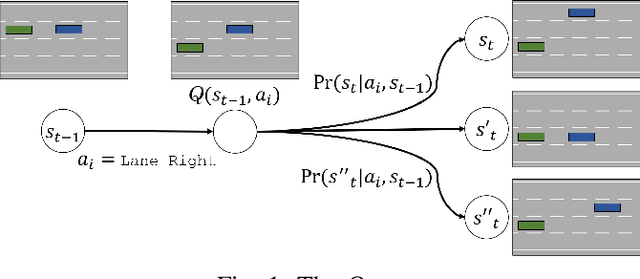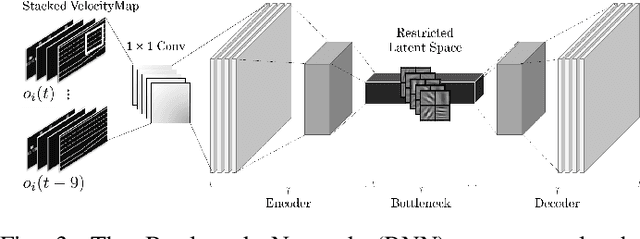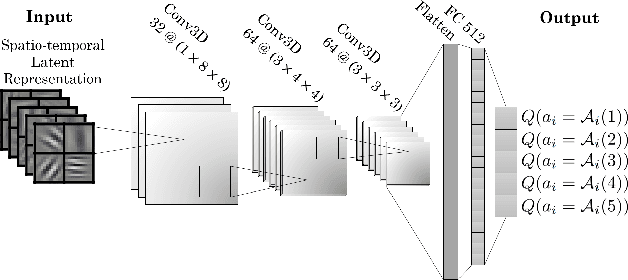Towards Learning Generalizable Driving Policies from Restricted Latent Representations
Paper and Code
Nov 05, 2021



Training intelligent agents that can drive autonomously in various urban and highway scenarios has been a hot topic in the robotics society within the last decades. However, the diversity of driving environments in terms of road topology and positioning of the neighboring vehicles makes this problem very challenging. It goes without saying that although scenario-specific driving policies for autonomous driving are promising and can improve transportation safety and efficiency, they are clearly not a universal scalable solution. Instead, we seek decision-making schemes and driving policies that can generalize to novel and unseen environments. In this work, we capitalize on the key idea that human drivers learn abstract representations of their surroundings that are fairly similar among various driving scenarios and environments. Through these representations, human drivers are able to quickly adapt to novel environments and drive in unseen conditions. Formally, through imposing an information bottleneck, we extract a latent representation that minimizes the \textit{distance} -- a quantification that we introduce to gauge the similarity among different driving configurations -- between driving scenarios. This latent space is then employed as the input to a Q-learning module to learn generalizable driving policies. Our experiments revealed that, using this latent representation can reduce the number of crashes to about half.
 Add to Chrome
Add to Chrome Add to Firefox
Add to Firefox Add to Edge
Add to Edge